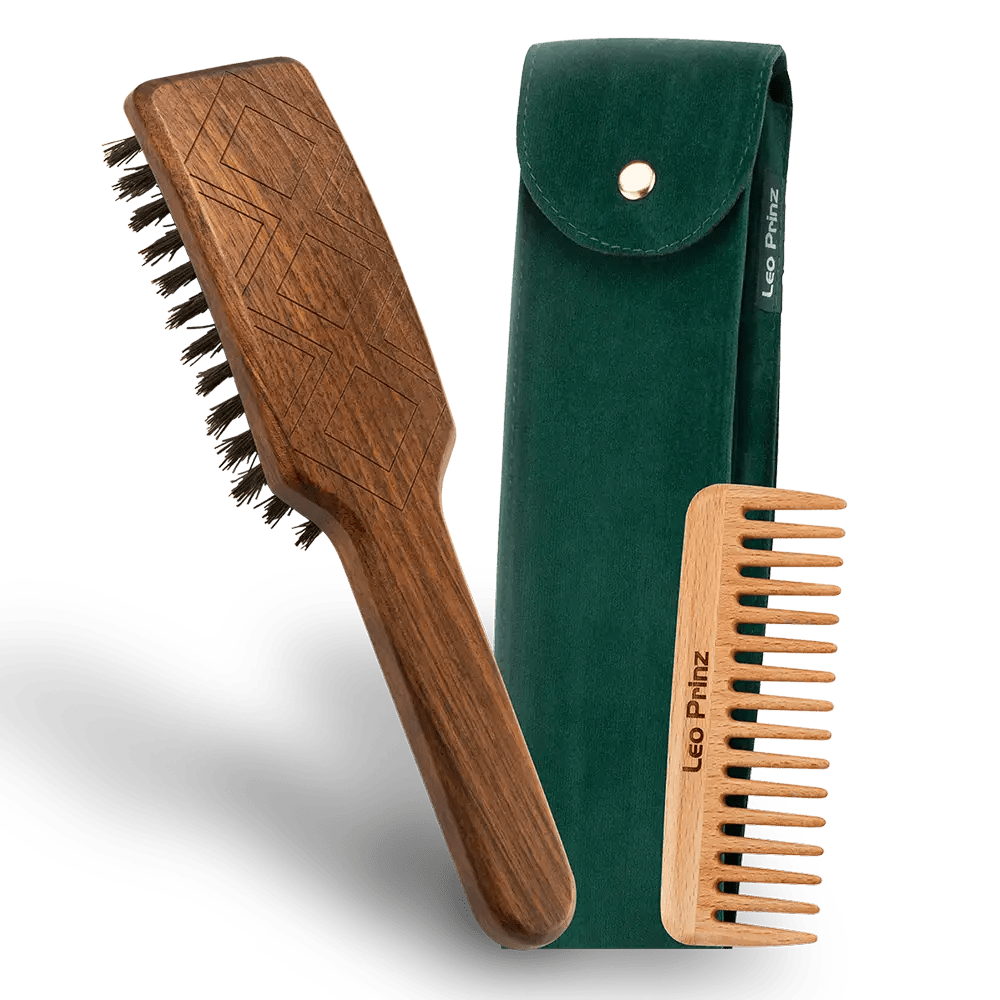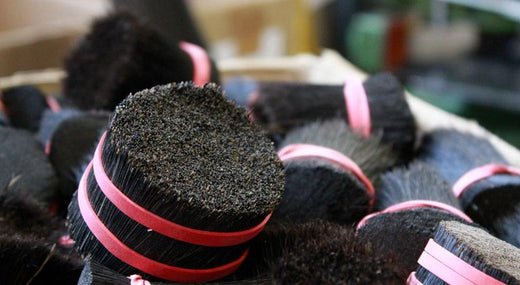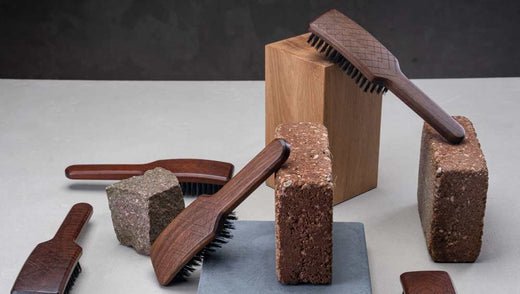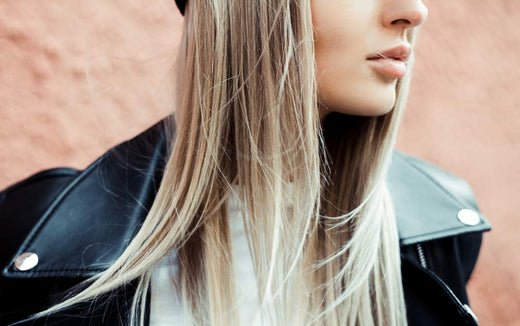If you already know the 5 advantages of a boar bristle brush, you can't avoid buying one.
But what should you look for when buying one? And how do you actually recognise a good boar bristle brush?
How do you recognise genuine boar bristles?
Before we look at the characteristics of good boar bristles, it is first necessary to find out whether the brush is actually genuine boar bristles?
In Germany, you can assume that if a product is labelled "100% boar bristles", it is also genuine boar bristles.
Natural hairbrushes labelled "...with wild boar bristles" do not mean that they are exclusively made of wild boar bristles. They often contain other bristles such as goat hair or nylon bristles.
To be sure, you can get information about the product on the manufacturer's website and find out whether the product contains real, artificial or only partial boar bristles.
If there is no indication whatsoever that 100% boar bristles are used, be careful! - A boar bristle brush is only as good as the bristles themselves.
How can you recognise good boar bristles?
The best and highest quality part of the boar bristles comes from the "first cut". This is the lower part of the bristles. At this part, the bristle hair is still very strong and is therefore best suited for use in a hairbrush.
To determine if it is first cut, simply check the tips of the bristles. If the bristles are first cut, you should see a white-brown follicle at the base of the bristles.
The first cut is the first third of the boar bristles, and therefore also the strongest part. The remaining parts of the bristles are softer and are used for cheaper brushes or other applications.
Equipped with this information, the only question that remains is which boar bristle brush suits my hair type.



